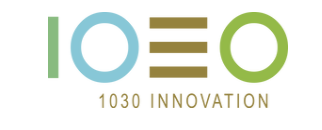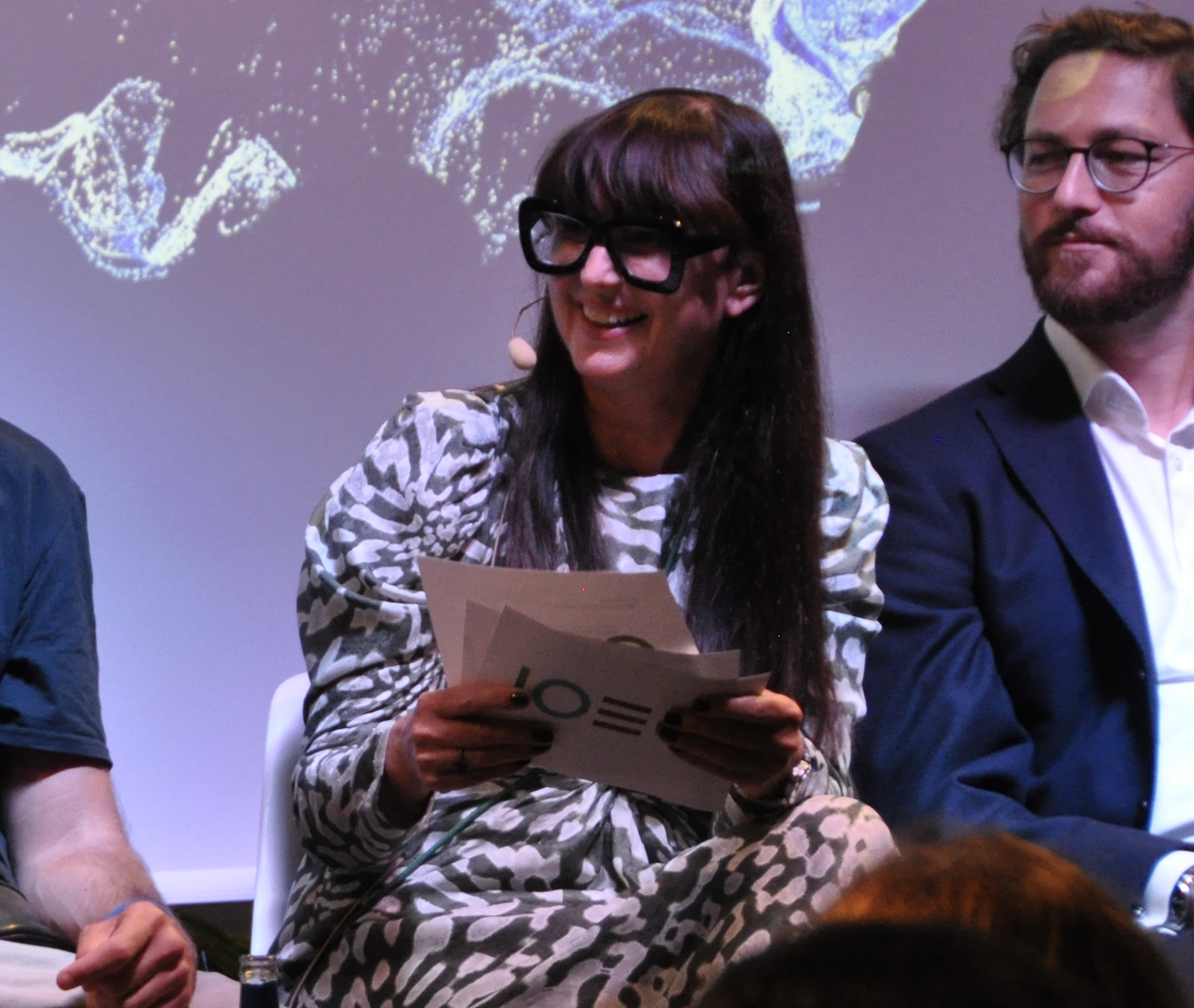With the COVID-19 pandemic starting earlier this year, companies have been facing several challenges and problems. However, a lot of opportunities turned up as well. In this post, we want to show you, how your company can adapt to the crisis and might even benefit from it.
What is the Low Touch Economy?
The Low Touch Economy is the new state of society and economy that is altered by the Corona pandemic and most likely will stay further on. It is characterized by “low-touch” interactions, health and safety measures, new human behaviors and permanent industry shifts. This new form of economy also offers unseen opportunities for innovations. This said, we recommend to take a step outside the comfort zone – now.
The Low Touch Economy concerns not only our professional but also private and social lives. New approaches on established industries and ways to work as well as consume were already developed in order to adapt to the altered circumstances. Here are some examples that:
- Visiting the cinema virtually
- Home workouts are booming because of COVID-19
- Top restaurant adapts quickly to corona-crisis
What are the biggest problems occurring during the pandemic and how can YOU adapt?
The two main problems of social distancing and other measures in the wake of the pandemic are broken relationships with customers and the instant drop of demand.
Broken relationships with customers
In order to operate, many service businesses need to rethink how they can meet their customers’ needs without having large groups of people interacting with each other. The following solutions are examples to be inspired from:
- Artists and companies in the entertainment industries are switching to virtual showings and experiences. (See more HERE)
- Some restaurants are switching to serving diners in small compartments for added safety while maintaining the social experience
- Time restrictions are being enforced around how long a client can visit a business
- More drive through service models emerged: from top restaurants over theaters to even strip clubs.
- Retail and service businesses are adopting appointment-based models
Drop in demand because of product safety concerns
Clients might have concerns about the safety of using your product or service. This could be a reason for them to not even purchase your products in the first place.
Solutions to be inspired from:
- Robots are used in hospitals to disinfect rooms with UV lights are redesigned for hotels
- High contact professions like dentistry are implementing additional screens and protective gear
- Events, meetings and concerts switched becoming virtual experiences for people to consume at home
Concerning the drop of demand, we should differ between products and services where the underlying needs are still existing (e.g. Restaurants and bars, tourism) and products/services that will not recover that soon since the priorities of customers changed (e.g. fashion or automotive).
Regarding products and services where the underlying needs are still existing, offering alternative solutions for the same service/products for your existing clients is the way to go. To do so, you will have to identify the specific needs of and the “job to be done” for your clients in order to come up with new approaches within or even outside your core industry.
Due to the change of priorities of your customers in some industries, demand will not recover soon. As a company, you might want to switch to a new client segment and/or product by exploring white spaces and new niches. Coming up with new ideas, products and business models not only could be crucial for your company’s survival during the crisis, but also broadens its portfolio and know-how. On the long run, this will open new opportunities.
In the next post, we will show you, how to find white space opportunities.
Follow our Social Media to read the latest innovation news: LinkedIn, Instagram, Facebook




